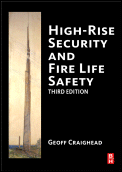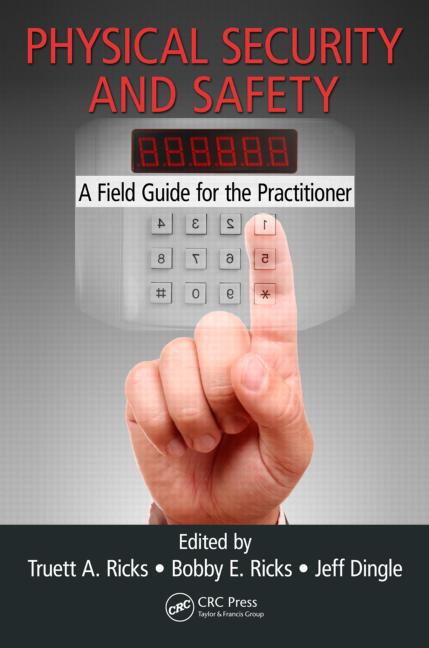Nearly All U.S. Households Have Smoke Alarms, But CO Alarm Awareness Lags

Image by Chance Agrella via Freerange Stock
Nearly all households in the United States (99 percent) now have at least one smoke alarm, according to a comprehensive survey by the U.S. Consumer Product Safety Commission (CPSC). This marks a significant increase from the 88 percent reported in the 1994 survey.
In the 2024 survey, households reported owning various types of smoke alarms in nearly equal proportions. The largest group, 42 percent, said they had ionization alarms, while 29 percent reported having photoelectric alarms. Only 6 percent had both ionization and photoelectric alarms, and 23 percent were unsure of their smoke alarm type.
(To learn more about how these various types of smoke alarms work, check out the NFPA blog post titled “What Kind of Smoke Alarm Should I Buy?”)
Too Few Carbon Monoxide Alarms
The 2024 CPSC survey focused not only on smoke alarms, but also on carbon monoxide (CO) alarms, which are recommended by NFPA.
Although 90 percent of households surveyed by the CPSC viewed smoke alarms as “extremely necessary,” only 66 percent felt the same about CO alarms. Notably, 26 percent of respondents admitted knowing “nothing at all” about CO alarms, and just 55 percent of households reported owning at least one.
Discrepancies Between Perceptions and Alarm Functionality
According to the latest CPSC survey, many households hold incorrect assumptions about the age and condition of their smoke and CO alarms, despite high ownership rates. Only 51 percent of households accurately identified the age of their alarms.
RELATED: Top Market Factors Stoking Life Safety Systems
In addition, about 16 percent of households that believed all their alarms were functioning properly encountered at least one issue during testing, such as dead batteries. With a margin of error of ±3 percentage points, the functionality of household alarms could range from 81 to 87 percent. As a result, the report suggests that nearly 1 in 5 households (19 percent) may be at risk of having at least one non-functional alarm.
Gaps in Knowledge on Installation, Testing and Maintenance
The CPSC survey revealed that many households require better education on smoke alarm installation and maintenance. Nearly 29 percent of respondents admitted they didn’t know how to install smoke alarms, and 23 percent were unsure how to maintain them.
Additionally, despite recommendations from NFPA and safety experts to test smoke alarms monthly, 61 percent of households reported doing so less frequently. Concerning: 33 percent said they never test their smoke alarms at all.
Looking for a reprint of this article?
From high-res PDFs to custom plaques, order your copy today!








